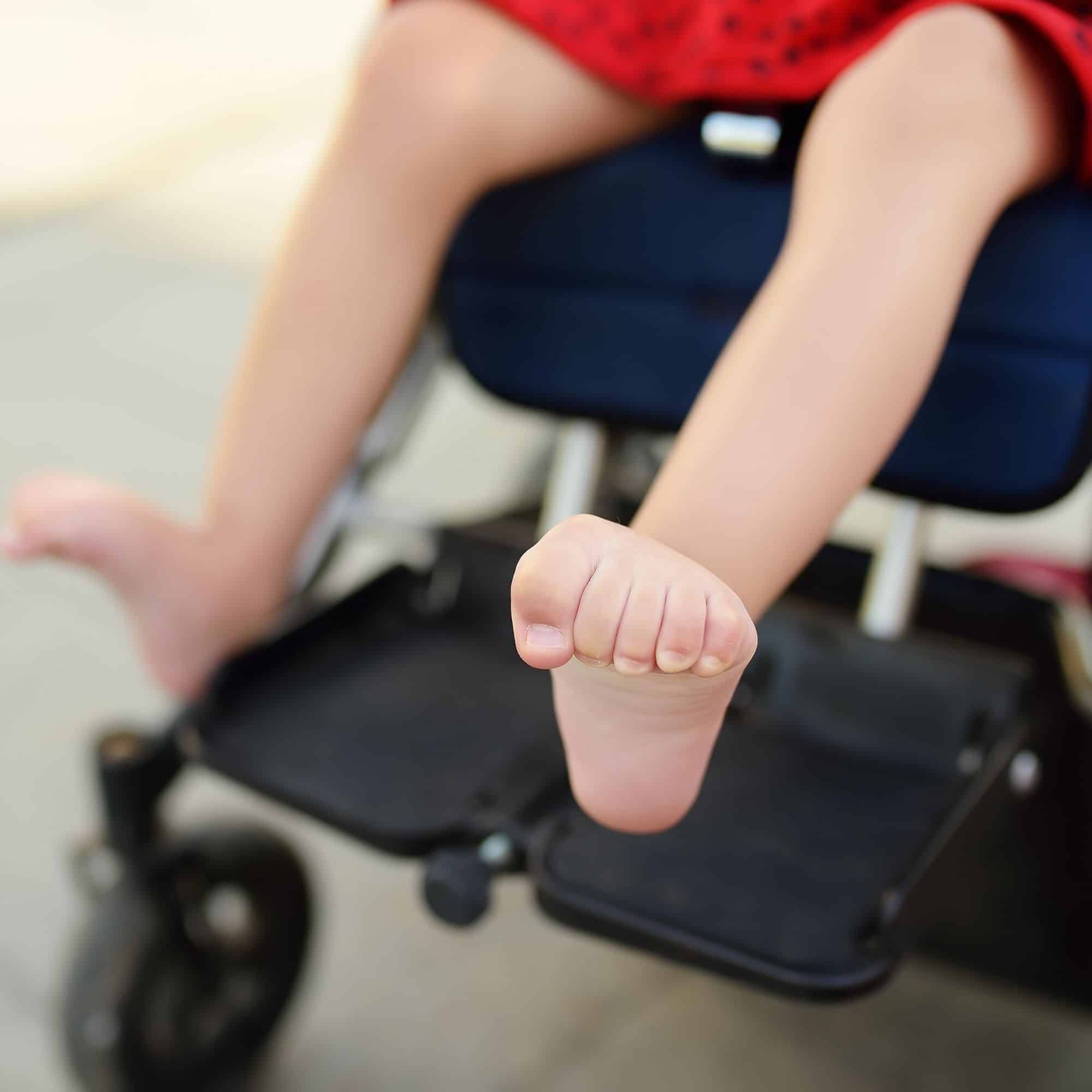Spasticity
Are you suffering from spasticity?
Spasticity is a condition in which certain muscles are continuously contracted, causing stiffness or tightness of the muscles and can interfere with normal movement, speech, and gait. Spasticity is typically caused by damage to the portion of the brain or spinal cord that controls voluntary movement. Here at MD West ONE, we have Neurosurgery and Spine Specialists that can properly diagnose any spinal or neurological issues.
Prevalence and Incidence
- Spasticity affects more than an estimated 12 million people worldwide.
- About 80 percent of people with cerebral palsy (CP) have varying degrees of spasticity.
- About 80 percent of people with multiple sclerosis (MS) have varying degrees of spasticity as well.

Other conditions that may cause spasticity include:
- Traumatic brain injury (TBI)
- Spinal cord injury (SCI)
- Brain damage due to a lack of oxygen
- Stroke
- Encephalitis
- Meningitis
- Adrenoleukodystrophy
- Amyotrophic lateral sclerosis (Lou Gehrig's disease)
- Phenylketonuria
Symptoms
Spasticity may be as mild as the feeling of tightness in muscles or may be severe enough to produce painful, uncontrollable spasms of the extremities; most commonly the legs and arms. Spasticity may also create feelings of pain or tightness in and around joints and can cause low back pain.
Adverse effects of spasticity include:
- Muscle stiffness, causing movements to be less precise and making certain tasks difficult to perform
- Muscle spasms, causing uncontrollable and often painful muscle contractions
- Involuntary crossing of the legs
- Muscle and joint deformities
- Muscle fatigue
- Inhibition of longitudinal muscle growth
- Inhibition of protein synthesis in muscle cells
Additional complications
- Urinary tract infections
- Chronic constipation
- Fever or other systemic illnesses
- Pressure sores
Treatment Options
There are several types of treatment available that must be evaluated on a case-by-case basis, depending on the underlying cause, age of the patient, and severity of the spasticity. Some of the most common forms of treatment are:
- Physical and Occupational Therapy
- Oral Medications
- Botulinum Toxin (BTA) Injections
- Surgery
- Intrathecal Baclofen (ITB)
- Selective Dorsal Rhizotomy (SDR)
These different types of treatments share the common goal of:
- Relieving the signs and symptoms of spasticity
- Reducing the pain and frequency of muscle contractions
- Improving gait, hygiene, activities of daily living, and ease of care
- Reducing caregiver challenges such as dressing, feeding, transport, and bathing
- Improving voluntary motor functions involving objects such as reaching for, grasping, moving, and releasing
- Enabling more normal muscle growth in children
For more information please click on the link below to download our handout.








